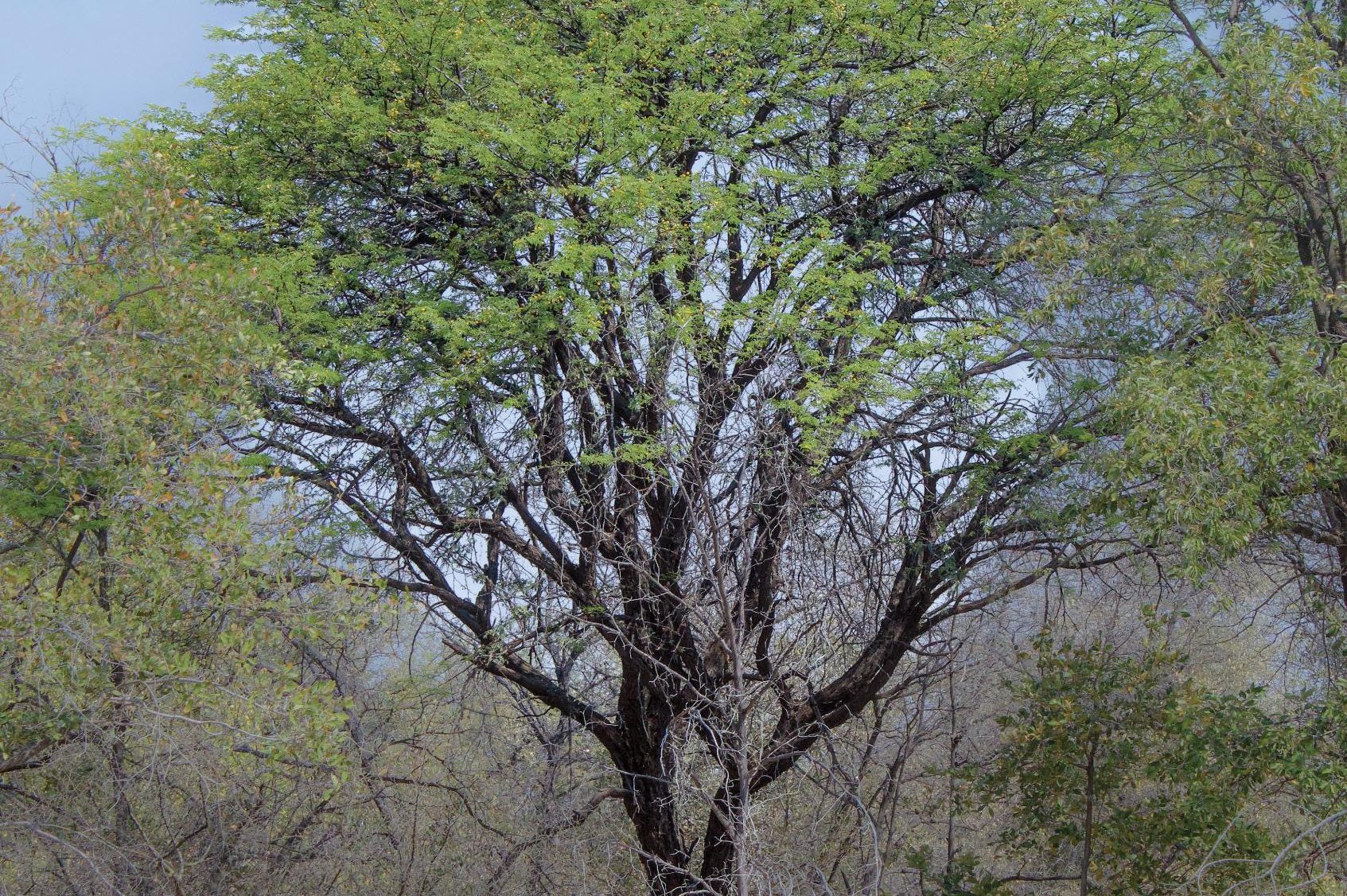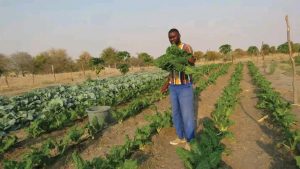
RightStart ECD Programme to build futures from the start
Namibia relaunches the RightStart Early Childhood Development Programme to boost early learning, child nutrition, birth registration and family support, ensuring every child has the right

By Agnes Shekupe Shivute
Science advances just like technology. From time to time, our phones require updates or else some apps may no longer be functional. In the same way, scientists have seen fit to update the camelthorn’s genus name, popularly known as acacia, to vachellia while the species name remains erioloba. This is owed to revised taxonomy befitting genetics for reclassification. Despite this scientific update being drilled into our heads by a professor during a lecture on dryland plants when I was a third-year student almost ten years ago, I am still stuck with acacia in my mind to this day.
The camelthorn tree is well adapted to dry conditions and can be sighted across the country, especially in more arid areas like the desert. It has a spread crown and can grow up to 20 metres tall. The colour of the bark ranges from grey to dark brown and has a rough, patchy texture with intense furrows. This deciduous tree has taproots, allowing it to source water from deep underground, an adaptation measure that allows it to thrive. The camelthorn tree has very small, hairless leaves that are rounded at the tip, allowing it to reduce the loss of water when temperatures get too high.
Flowering of the camelthorn can occur as early as July through to December. The grape-sized flowers are fluffy with a circular shape and a bright yellow to golden colour. Their brightness and scent often attract a variety of insects, providing entomologists with good photographic opportunities. The flowers develop into kidney-shaped pods with velvet hairs. The pods are grey and have hard seeds which are enjoyed by animals such as goats, cattle and sheep. They are said to be highly nutritious and rich in protein. Camelthorn tree pods are not only browsed by livestock, but wildlife such as elephants, rhinos and oryx, among others, are also known to feed on them. This is an advantage, because the seeds of the camelthorn have a hard coat, and passing through the gastrointestinal tract of animals assists to break dormancy.
The tree has hard wood, which makes it a popular firewood. Farmers with land encroached by camelthorn trees have resorted to cutting down some trees for firewood to use or sell, while others have joined charcoal production. The strength of the wood also makes it suitable to use for the construction of traditional homes, fencing, furniture and decorative ornaments.
I vividly remember eating resin from this tree during my childhood. It was often sweet, sometimes not so tasty but always sticky. The challenge was in trying to get it from the tree. Camelthorn trees have big, long and sharp thorns. As kids, we acquired the skill to know how to move between the branches, which allowed for very little manoeuvring space. We got ourselves a few scratches here and there as we searched for this natural candy. However, the risk was not only reserved for those climbing its branches – we often ended up with thorns stuck in our feet as we ran around areas surrounding these trees. Despite the pain, much fun was had!
The beauty industry started way before easy access to modern accessories, it seems. In days when roller pins were not always readily available, camelthorn thorns became the universal hair accessory to keep hair rollers intact. The pointed part was often removed to avoid injury.
While advocating for reforestation of our indigenous plants, it so happens that the camelthorn provides fertile soil. Due to the quick and fine decomposition of its leaves, the soil collected under this tree is known to be a good potting mix for seedlings.
The camelthorn tree is quite sparsely populated in some areas, but non-profit organisations such as Intelligence Support Against Poaching (ISAP) are doing phenomenal conservation work by planting 3,000 camelthorn seedlings every year. Because today’s seedlings are tomorrow’s forests.

Namibia relaunches the RightStart Early Childhood Development Programme to boost early learning, child nutrition, birth registration and family support, ensuring every child has the right

Namibian artist Fillipus Sheehama transforms found objects into powerful mixed-media works that explore inequality, culture and memory. Discover his art and teaching in Windhoek.

From journalist to full-time farmer, Ileni Nandjato turned his passion for agriculture into a thriving business in Oshana, Namibia – growing crops, raising livestock and

Namibia prioritises foundational learning to tackle education challenges, reduce dropouts, and improve literacy and numeracy. Explore key reforms, progress and the AU’s vision for inclusive